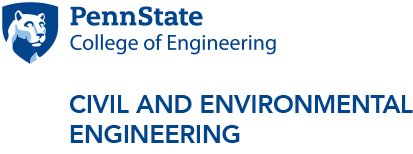CEE Seminar Series: “Hyperdemand”: traffic models with backward-bending demand curves
The recording for this seminar is now available.
Abstract: Static traffic models typically feature a ‘‘demand curve’’ giving the vehicle flow demanded for each unit travel time (inverse speed). Traditionally, the demand curve declines because people want to drive more as travel times fall. In this talk, Lehe shows vehicle flow demanded can instead plausibly rise with unit travel time—a phenomenon called "hyperdemand"—if congestion induces some people to switch from high to low occupancy modes, such as from the bus or UberPool to driving. Consequently, multiple equilibria can arise even in light congestion, and even temporary policies can have permanent effects by moving traffic to a different equilibrium. "Hyperdemand" is a case of positive feedback between mode choice and the traffic state, and Lehe discusses future work on other mechanisms of positive feedback.
Biography: Lewis Lehe received a bachelor's degree in mathematics and economics from University of Pittsburgh, a master's degree in transport economics from the University of Leeds in the United Kingdom, and master's and doctoral degrees in civil and environmental engineering from the University of California, Berkeley. He is now an assistant professor in the Transportation Systems Group of the Civil and Environmental Engineering Department at the University of Illinois at Urbana-Champaign.
Event Contact: Tim Schley




